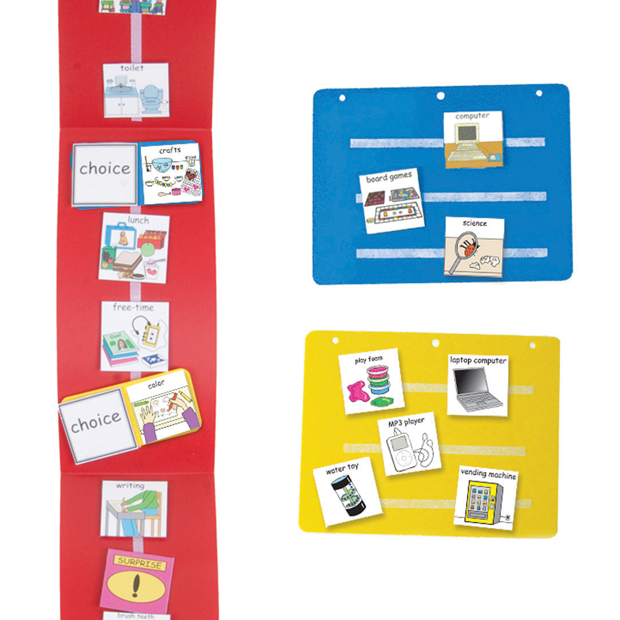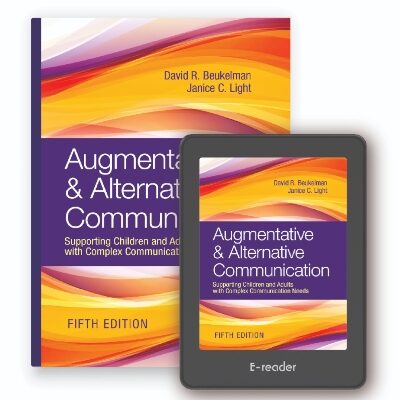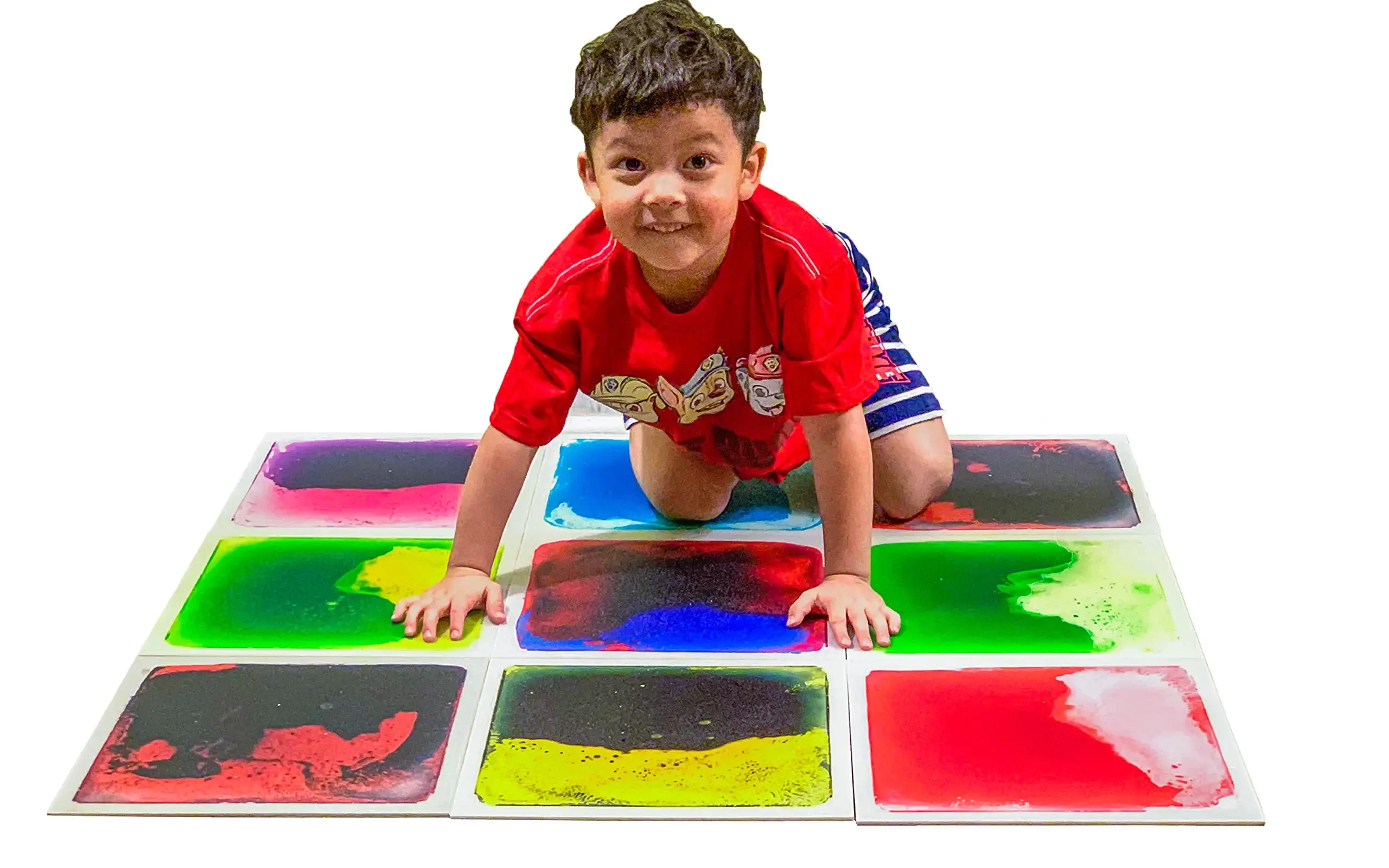Introduction
Autism Spectrum Disorder (ASD) is a developmental disorder that affects communication, social interaction, and behavior. Individuals with ASD often have unique learning needs and may benefit from educational tools that cater to their specific learning styles. In this article, we will discuss five educational tools that are beneficial for autistic learners.
Importance of Educational Tools for Autistic Learners
Educational tools are crucial for autistic learners because they help create a supportive learning environment that caters to their unique needs. These tools can enhance learning, promote independence, and improve communication skills. By using educational tools, autistic learners can engage in meaningful learning experiences and achieve their full potential.
Visual Schedules
Visual schedules are a useful tool for autistic learners as they provide a visual representation of tasks and activities. These visual schedules help with organization and routine, allowing individuals to understand what is expected of them and what will happen next. This can reduce anxiety and promote independence, as individuals can refer to the visual schedule to guide them through their day.
Augmented Reality Flashcards
Augmented reality (AR) flashcards are a modern and engaging way to learn. These flashcards use AR technology to create interactive and immersive learning experiences. For autistic learners, AR flashcards can be particularly beneficial as they provide a multisensory learning experience that is engaging and stimulating. AR flashcards can be used to teach a wide range of concepts, from basic vocabulary to more complex ideas.
AAC Devices
Augmentative and Alternative Communication (AAC) devices are tools that help individuals with communication difficulties express themselves. AAC devices can be particularly beneficial for non-verbal individuals with autism, as they provide a way to communicate independently. These devices can range from simple picture boards to sophisticated speech-generating devices. AAC devices can help individuals express their thoughts, feelings, and needs, promoting independence and social interaction.
Sensory Mats
Sensory mats are a tactile learning tool that provides sensory stimulation through touch. These mats designed with different textures, colors, and shapes to engage the senses and promote exploration. For autistic learners, sensory mats can be particularly beneficial as they provide a calming and engaging sensory experience. Sensory mats used to promote relaxation, improve focus, and enhance learning.
Educational Apps
Educational apps are a convenient and accessible way to learn. There are many educational apps available that cater to the unique needs of autistic learners. These apps offer personalized learning experiences that tailored to individual interests and abilities. Educational apps can cover a wide range of subjects, from math and science to social skills and communication. By using educational apps, autistic learners can engage in meaningful learning experiences that are tailored to their specific needs.
Conclusion
Educational tools are essential for autistic learners as they help create a supportive learning environment that caters to their unique needs. Visual schedules, AR flashcards, AAC devices, sensory mats, and educational apps are all beneficial tools that can enhance learning for autistic individuals. By using these tools, autistic learners can engage in meaningful learning experiences and achieve their full potential.
Source
- American Psychiatric Association. (2013). Diagnostic and Statistical Manual of Mental Disorders (5th ed.). Arlington, VA: American Psychiatric Publishing.
- National Autistic Society. (2022). “Education and Schools”. Autism.org.uk.
- Smith, M. J., Ginger, E. J., Wright, K., Wright, M. A., Taylor, J. L., & Humm, L. B. (2015). “Virtual Reality Job Interview Training in Adults with Autism Spectrum Disorder”. Journal of Autism and Developmental Disorders, 45(12), 3911–3920.
- World Health Organization. (2022). “Autism Spectrum Disorders”. WHO.int.











